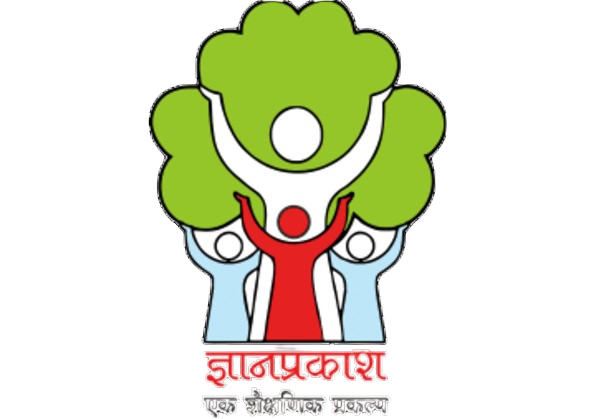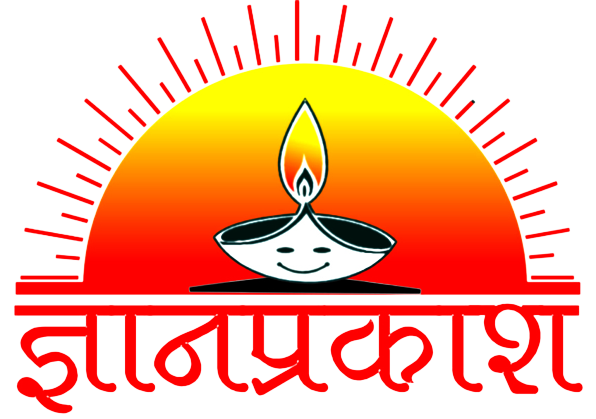Dnyanprakash
About School
Read More
Our Values

इथे बहरावी कला ,
इथे विकसावे तंत्रज्ञान ।
विज्ञानाच्या वाटेवरती ,
ठेवू पर्यावरणाचे भान ।।.
एक शाळा चैतन्याने आरपार भरलेली,
प्रार्थनेच्या हातामधून
ज्ञानसूर्य धरलेली...
अनुशासीत, चारित्र्यवान,
सृजनशील आणि समर्पणशील
युवापिढी घडविण्याच्या उद्देशाने...
About Education
When it comes to choosing the medium of education for their children, today’s parents face a very complex dilemma. There is an abundant rise in various schools catering to this demand, leaving these parents in a s

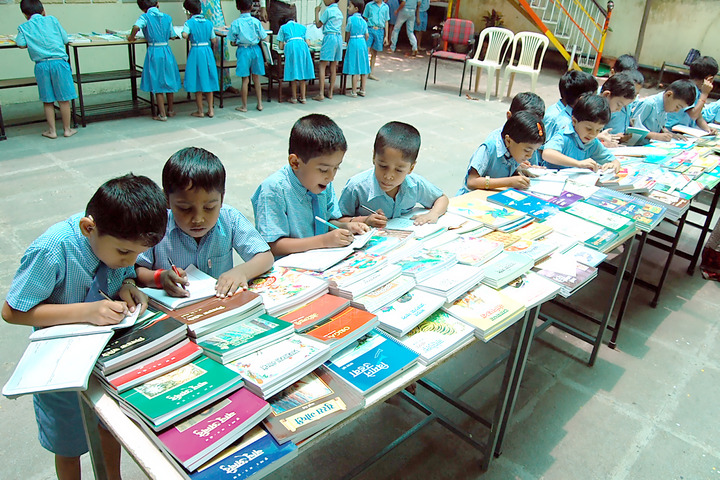
About Philosophy
From the very beginning of Dnyanprakash, children's learning was linked with action & experience. Various materials are used according to the subject for that. Various experiments are also done for reading &
Learning through action and experience
From the very beginning of Dnyanprakash, children's learning was linked with action and experience. Various materials are used according to the subject for that. Various reading and writing ex

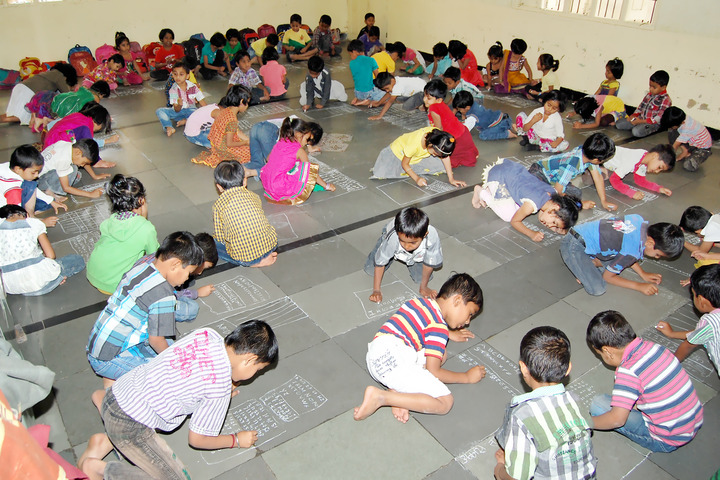
For Learning to Be Joyful…
A child is born with a radiant reservoir of potential; it needs nurturing and a conducive environment to blossom.
Since 1999, the Dnyanprakash Educational Project has be
" The function of education is to help you from childhood not to imitate anybody, but to be yourself all the time."
- J. Krishnamurti

Some activities in Dnyanprakash
 Variety in the Prayer Assembly
Variety in the Prayer Assembly
A school filled with vitality throughout, holding the sun of knowledge through the hands of prayer.. Music is the soul of Dnyanprakash. The daily prayer assembly is based on music. The assembly begins with musical embellishment and concludes with musical recitation. The students learn a variety of songs in the assembly such as prayer songs, joyful songs, motivational songs, environmental songs, emotional songs, devotional songs, inspiring songs, folk songs, bhajans, and Abhangas.
-
The foundation for music is laid at a young age itself, so from grades 1 to 4, students have been preparing for two music exams under the All India ‘Gandharva Mandal’ for the past 18 years, all within the prayer assembly. Children are always in search of novelty. Therefore, distinguished individuals from various fields are invited to the prayer assembly, both to introduce the children to their work and to foster meaningful dialogue.
Read More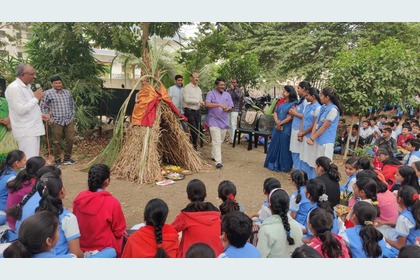 Festivals - A new approach to celebration
Festivals - A new approach to celebration
The various initiatives at Dnyanprakash School aim to foster the holistic development of students. By constantly experimenting with new teaching methods, the school nurtures students' natural curiosity. One of the unique features of this school is the diversity in its daily prayer assembly.The daily assembly includes a variety of musical elements.
-
Students learn different types of songs, such as prayer songs, devotional songs, folk songs, and patriotic songs. Notable individuals from various fields are also invited to these assemblies, where they interact with the students, imparting valuable knowledge and insights. Indian festivals and celebrations hold great importance in the students' lives, and the school emphasizes instilling a scientific mindset through these cultural events.
Read More Environment and Social Activities
Environment and Social Activities
To ensure that learning happens joyfully and experientially, a variety of family, social, and environmental activities are organized. 1. Tree Gifting: Since the beginning of Dnyanprakash, as part of the Ashadhi Ekadashi Tree Procession, students gift trees to local residents and parents. On their birthdays, students are also gifted a sapling, which they nurture and offer the first flower to their teachers.
-
2. Water Conservation: The drought and water scarcity in Marathwada are not new to its people. The severe drought over the past two years has drawn the world's attention to Latur. The water distribution system was shut down for 6 to 7 months, with dried-up bore wells, tankers roaming around the streets, and people running day and night in search of water—students witnessed this cycle.
Read MoreVision Statement
"Empowering Minds, Enriching Lives: Fostering a Global Learning Community"
Mission Statement:
"At DnyanPrakash School, we are dedicated to transforming education by creating a vibrant and nurturing environment where learning is not just a process but an enjoyable journey. Guided by the visionaries Mr. and Mrs. Narahare, and led by the experienced Mr. Satish Narhare, our mission is to provide world-class education that goes beyond traditional boundaries. We strive to cultivate independent thinking, creativity, and a lifelong love for learning in every student.”

